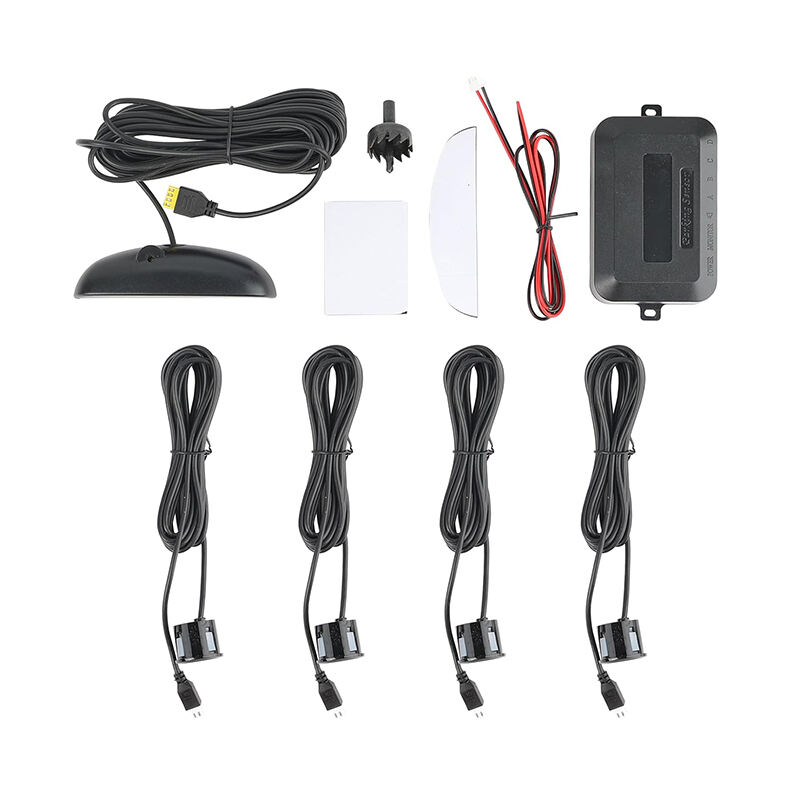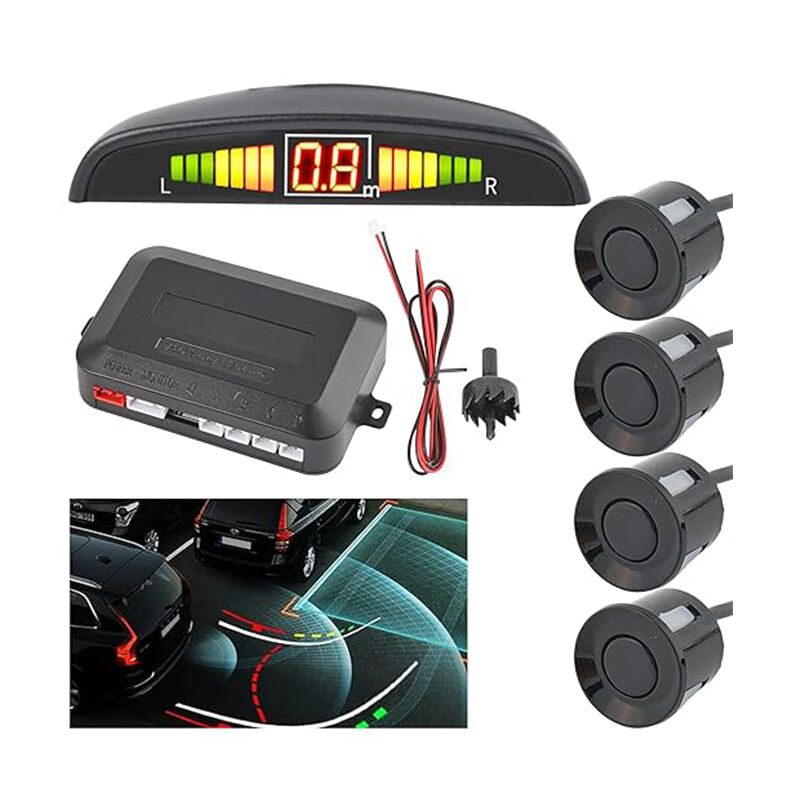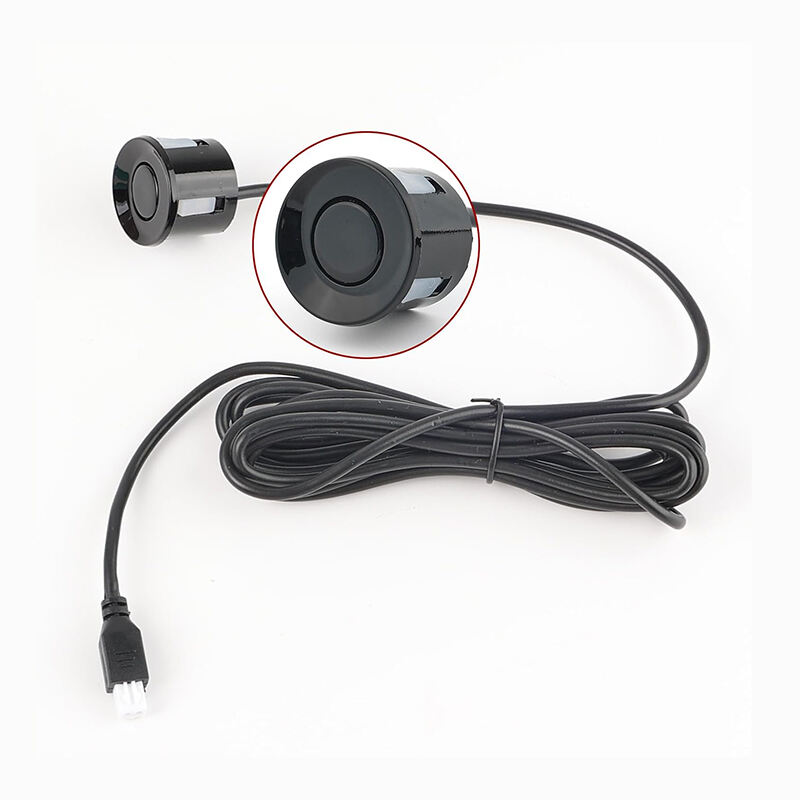brúchóir giorrachta chóil
Is é sinneálóir giorra iolrach éigin a thaispeánann teicneolaíocht sláinte láidir atá ag cabhrú le n-oidiúirí glacadh agus fágaint ar phothential oibrithe agus dícholluithe, ag ól a gcuid eispéireas. Úsáidtear na hiolraí sásaithe seo trí rudaí éagsúla, lena n-áiríte chuma uillfheidhmí, réigiún electromagnétacha nó signáil infri-rith, chun an doimhneacht idir an gcarr agus na hiolraí faoi láthair a mheas. Tá na sineálóirí curtha i gcás stoiriamh amach anuas an gcarr, go háirithe i bhfrontaí agus i gcúpla cúr, agus ar a laghad san gcrois, ag cruthú neamhspleáchta deteactha. Nuair a théann obair i dtosach an chórais seo, tabharfaidh sé scileadh deacair don n-oidiúir trí scileadh feiceálacha, claonacha nó tábhachtacha, chun gníomh cothrom a dhéanamh. Is féidir le sineálóirí láidre a bheith in ann oibrithe mar is beag sinne níos mó ná cúpla inch agus a bheith ag oibrigh go soiléir i gcásanna aimsiri éagsúla agus solas. Tá siad ag oibrigh i gcónnai le ceisteanna eile sláinte carr, lena n-áiríte cámar dubh agus comhfhios parcaíochta, chun paca sláinte iomlán a sholáthar. Tá an teicneolaíocht tógtha chun iompar ráithe dinamach a chur i gcás, a chuirfidh an cheantar deteactha suas go huathoibríoch i bhfeidhm ar an ngéarchumas agus na himléadaithe óglachta. Tá an chóras láidreach seo thar a bheith tábhachtach i gcás carr láidreach, go háirithe i gcás carr níos mó nuair nach bhfuil seans maith acu, agus tá sé thar a bheith tábhachtach chun cúigíocht colpaí óg-chumas agus parcaíochta sláinte a fheabhsú.


